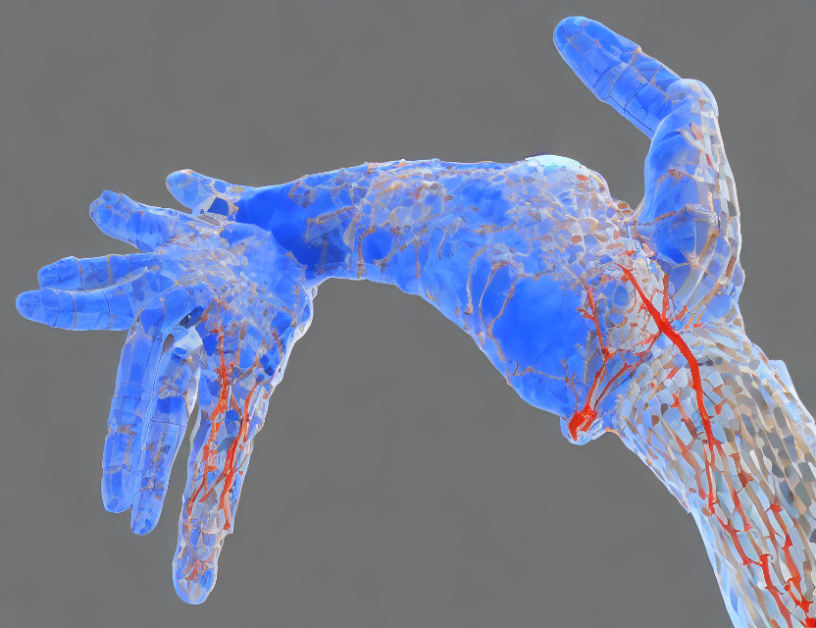In this paper, the authors present a new approach for reconstructing 3D hands from images called HaMeR (Hand Mesh Recovery). The main idea is to create a simple and robust design that can capture faithful 3D hand reconstructions in various poses, viewpoints, and visual conditions.
The authors begin by highlighting the significance of hand mesh recovery in computer vision, as it has numerous applications in virtual reality, robotics, and human-computer interaction. They then discuss the existing methods for hand mesh recovery, which often rely on complex neural network architectures and large datasets. However, these approaches can be computationally expensive and may not generalize well to new situations.
To address these limitations, the authors propose a novel approach that leverages the concept of "design" in computer vision. They argue that by carefully designing the architecture of hand mesh recovery models, we can achieve state-of-the-art results using simpler and more efficient methods. Specifically, they propose a modular and hierarchical architecture that combines regional and global features to reconstruct 3D hands from images.
The authors evaluate their approach on several benchmark datasets and show that it outperforms existing methods in terms of accuracy and efficiency. They also demonstrate the generalization abilities of their model by testing it on unseen data.
Throughout the paper, the authors emphasize the importance of simplicity and robustness in hand mesh recovery models. They argue that by designing simple and efficient models, we can achieve better results without sacrificing computational efficiency. This philosophy is reflected in their proposed method, which is designed to be easy to implement and train.
In summary, the authors present a novel approach for 3D hand mesh recovery that leverages the power of "design" in computer vision. Their proposed method, called HaMeR, is simple, robust, and accurate, making it an excellent choice for various applications in computer vision and beyond.
Computer Science, Computer Vision and Pattern Recognition
Ablation Analysis of Hand Reconstruction using Deep Learning Models



